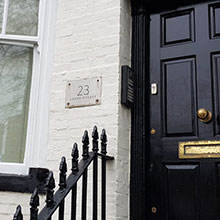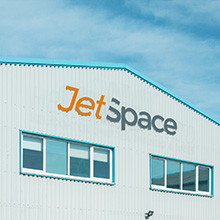
Unlocking Creativity: Strategies to Overcome Creative Blocks
Breaking through the walls of creative blocks is a common challenge for professionals in creative fields like writers, designers and artists, impacting their productivity and innovation. Creating a supportive work environment, whether in a home office, coworking space or traditional office building, plays a crucial role in unlocking creativity.
Embracing fresh perspectives, exploring unexpected sources of inspiration and adopting new techniques are just a few ways to reignite the creative spark. So let’s explore ways in which to unleash your creative potential once hit by that dreaded creative block.
Understanding Creative Blocks
The Impact of Creative Block on Productivity
Creative block is obviously going to significantly hinder productivity, particularly for those whose output is predominantly creative in nature, as opposed to professionals for whom creative activities make up only part of their job. When a creative person faces a block, they often experience a troubling halt in their workflow. Ideas that once flowed freely seem to run dry, leading to frustration and a drop in efficiency.
This can cause projects to stall, deadlines to be missed and, in some cases, a decline in the quality of work. The time spent grappling with a block is time not spent on tangible progress, which can have a domino effect on other tasks and responsibilities, ultimately impacting business performance. Additionally, the stress and anxiety associated with not being able to produce can further inhibit creativity, creating a cycle that’s challenging from which to break free. Overcoming creative block is therefore not just about regaining the ability to create; it’s about restoring a productive and progressive work rhythm.

The Challenge of Breaking Creative Blocks
Breaking creative blocks is often easier said than done. The challenge lies in the fact that there’s no one-size-fits-all solution; what works for one person might not work for another. Creative individuals must navigate a complex web of mental, emotional and sometimes even physical barriers to access their innate ability to generate new ideas. Factors like stress, fear of failure and the pursuit of perfection can deepen the block, making the path forward seem daunting.
The mounting pressure to produce can lead to a vicious cycle where the need to overcome the block only serves to reinforce it. To break through, creative professionals must identify the root causes of their block and experiment with different strategies, which requires time, patience and often a change in routine or environment. It’s a personal journey that demands introspection and a willingness to test new waters.
However, whether you’re a graphic artist or a software developer, the key is to research the many different ways in which it’s possible to overcome creative block and experiment until you once again find inspiration. There’s no such thing as a sure thing when it comes to bringing all your ideas back to the forefront. Sometimes other creative people suggest you simply sit down and write, that inspiration will come. But this isn’t always helpful. Getting words on a page sounds like the best way to begin an article, but only if those words make sense and convey what you’re looking to put across. Scrawling incoherent nonsense across a notebook might be fun, and it might even work to bring that focus back, but as a key to unlocking your lost creativity, it’s far from guaranteed.
The Role of Environment in Boosting Creativity
Home Office Vs. Co-working Space Vs. Traditional Office
The environment in which we work is a critical factor in fostering creativity. A home office offers the comfort and familiarity of personal space, which can be conducive to concentration and creativity for some. However, it can also present distractions, especially if your home life is busy and hectic or if the space is not properly designated for work.
Co-working spaces, on the other hand, provide a sense of community and networking opportunities that can stimulate creative thinking. They offer a change of scenery and can be a source of fresh ideas and collaboration. We’ve previously looked at some of the top co-working spaces in Brighton if you’d like to know more about local options with their pros and cons.
Meanwhile traditional office buildings, whether owned/leased or part of a serviced office complex, tend to provide a more structured work environment, which can be beneficial for those who thrive on routine and clear separation between work and home life. Each setting has its own unique advantages and potential drawbacks, and the best choice depends on an individual’s personal work style, the nature of their work and their creative process.
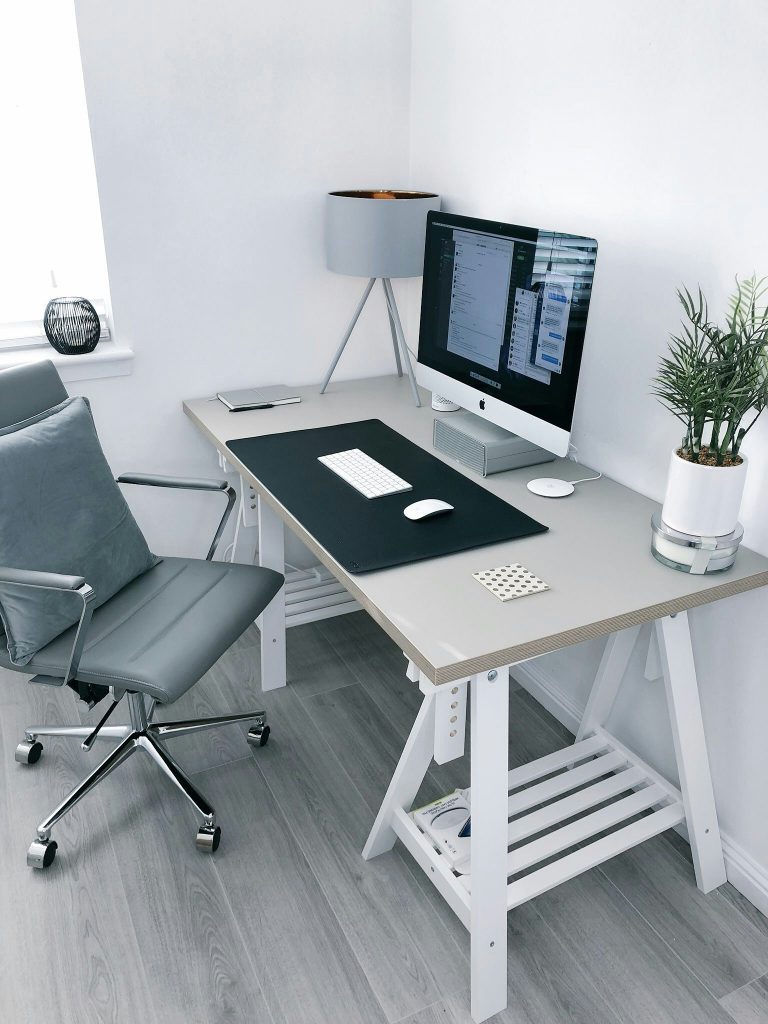
Creating the Ideal Space for Creative Work
Creating the ideal space for creative work involves more than just a desk and chair. It’s about crafting an environment that caters to the flow of creative juices and minimises disruptions. This space should inspire and energise, filled with natural light and personal touches that stimulate the senses and the mind. It’s important to have an area that is organised and clutter-free to reduce stress and promote focus. For some, this may include plants, artwork or a vision board.
Ergonomics also play a critical role in maintaining comfort during long hours of work, which can prevent physical strain and keep the mind sharp. Versatility is key; the space should be adaptable to different types of creative tasks, whether that’s quiet writing or dynamic brainstorming sessions. Remember, the physical environment is a reflection of your inner state and can significantly impact the creative process.
Strategies to Foster Creativity and Overcome Blocks
Problem Solving Techniques for Creative Professionals
In the creative industries, we often face complex problems that require innovative solutions. To tackle these effectively, a structured approach to problem-solving is vital. One widely-used technique is the Five Whys, which involves asking why repeatedly until the root cause of an issue is uncovered. This method helps in breaking down a problem into more manageable parts.
Another strategy is mind mapping, which allows for a visual representation of ideas, making connections between them more apparent. Brainstorming sessions can also be invaluable, especially when diverse perspectives are involved, as they encourage the free flow of ideas without immediate critique.
Additionally, implementing a “worst possible idea” exercise can reduce the fear of failure and spur creative thinking by deliberately considering flawed concepts, which can paradoxically lead to viable solutions. These techniques, when applied in a supportive environment, can help creative individuals navigate through challenges and embrace innovative ideas.
Finding Inspiration in Unexpected Places
It’s a cliché but inspiration really can often be found in the most unexpected of places. Creative professionals can look beyond their immediate surroundings and typical sources of inspiration to reignite their creative spark. This could be as simple as taking a new route to work or engaging in a hobby unrelated to your profession.
Interacting with people from different fields can also provide fresh perspectives and ideas that we wouldn’t normally encounter within our usual creative bubble. Nature often serves as a powerful muse, offering a wealth of patterns, colours and forms that can translate into innovative designs or story ideas.
Even seemingly mundane experiences, such as observing the routine of a local coffee shop, can spark creative thought. It’s all about maintaining an open mindset and being receptive to the world around you. The key is to break the routine and search for inspiration with fresh eyes, allowing the environment to lead to uncharted creative territory.
Embracing Routines and Rituals
While spontaneity can be a boon for creativity, establishing routines and rituals is equally important for creative professionals. These practices create a structure that can provide stability and predictability in the midst of the creative process, which is inherently uncertain. A routine might involve designated times for brainstorming, creating and reflecting, which can help in managing time and energy more effectively.
Rituals, whether it’s starting the day with a cup of coffee and a journal or taking a midday walk to clear the mind, can act as signals to the brain that it’s time to shift gears into creative mode. These rituals can condition the mind to prepare for periods of intense focus and creativity. Embracing such routines and rituals can make the creative process more manageable, ensuring that even on days when inspiration is lacking, there’s a framework to help guide the way forward.
If you need help with organising your time to implement more of a regular routine take a look at our post on Top Productivity Tools for SMEs which shares some popular software and techniques that can help you plan your days, weeks and months to help establish a routine ultimately focusing on your end goals.
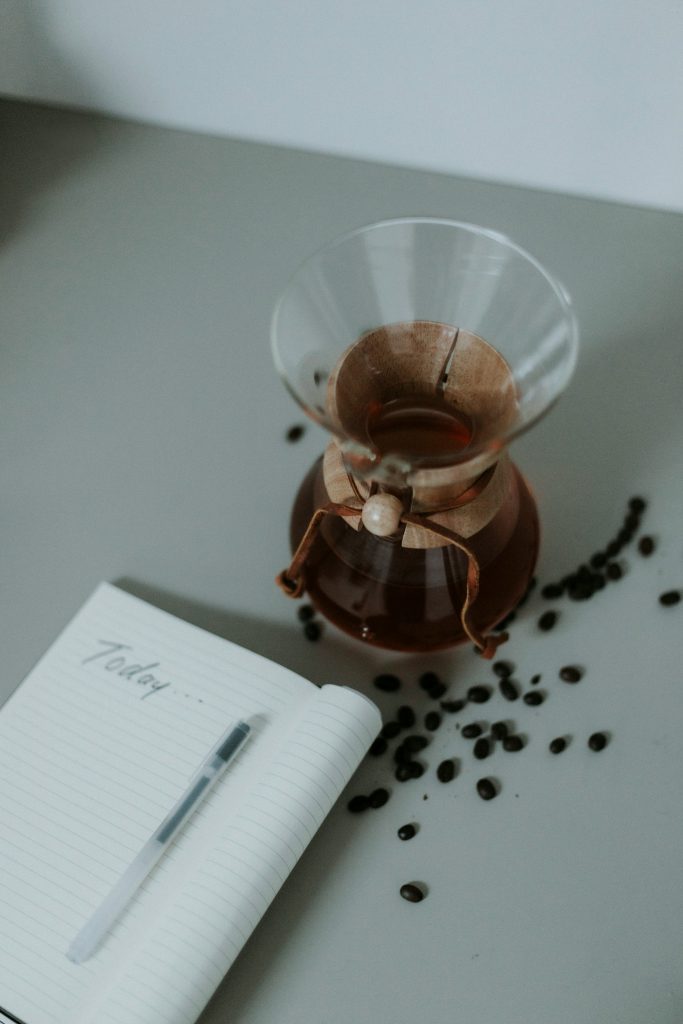
Collaboration and Networking
Collaboration and networking are powerful strategies for overcoming creative blocks. Working with others can introduce new ideas and perspectives that you might not have considered independently. This exchange of knowledge and experience can lead to breakthroughs in creative thinking.
Networking also plays a crucial role, as it connects creative professionals with a community that can offer support, feedback and potential partnerships (if you’e looking for networking groups you could join check out our post on Networking Groups of Brighton, Hove and Sussex). Attending industry events, joining online forums or even informal meet-ups can spark conversations that lead to innovative concepts and projects.
Moreover, the act of explaining your work to others can clarify thoughts and reveal hidden insights. Collaborating doesn’t mean compromising on individual vision; rather, it’s about enhancing it through the collective strength of diverse viewpoints. By embracing the power of collective creativity, professionals can find new ways to push past their creative boundaries and achieve greater heights in their work.
Taking Breaks to Recharge
This may seem obvious but it bears repeating. Taking regular breaks is critical for maintaining creativity and overcoming blocks. Intensive focus on creative work can drain mental energy, making timely breaks essential for recharging. These pauses allow the mind to rest and can lead to subconscious problem-solving.
Activities like a walk outside or a brief meditation session can help to reset and return to the task at hand with a fresh perspective. It’s also a time to step back and reassess progress, which can prevent you from inadvertently going down unproductive paths. The concept of a ‘creative nap’ – short, restful breaks designed to let the mind wander – can be particularly beneficial, though you’re likely to want to save this one for when you’re working from home!
Breaks should not be seen as lost time but as an investment in your creative stamina. By strategically disconnecting from work, even for brief periods, creative professionals can foster long-term productivity and innovation.
Seeking Inspiration for Professional Development
Professional development is a journey that benefits greatly from seeking inspiration in various forms. For creative individuals, this might mean attending workshops or conferences that focus on new techniques or emerging trends within their field. It can also involve learning from other disciplines to cross-pollinate ideas and approaches.
Engaging with mentors and industry leaders can provide insight and guidance, helping to navigate through periods of stagnation. Reading widely, from great books to articles on current innovations, can also stimulate the brain and introduce new concepts to consider and adapt. If you look at a book as just another new project you don’t have time to read, then you’ll never start. But think of it as a tool in your development and if turning that first page remains a block, why not consider an audiobook version you can listen to on your way to work, whilst taking a break or even during exercise?
Further, online courses offer a flexible way to acquire new skills that can be directly applied to your work. Actively seeking out these opportunities for growth not only combats creative block but also contributes to a more robust and versatile skill set, paving the way for breakthroughs in future projects.
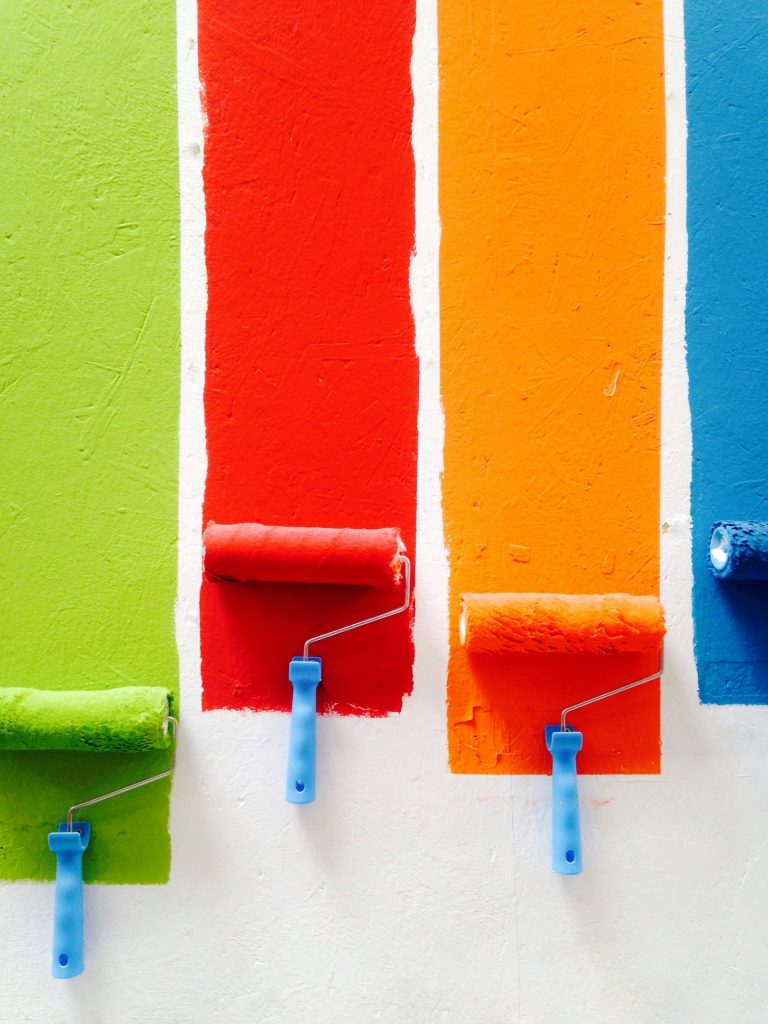
Keeping the Creative Juices Flowing: New Perspectives and Ideas
To keep the creative juices flowing, it’s essential to continually expose yourself to new perspectives and ideas. This can be achieved by stepping outside of your comfort zone and exploring unfamiliar territories. Whether it’s trying out a new artistic medium, writing in a different genre or tackling a project in an industry you’re not accustomed to, these experiences can stimulate the mind in unexpected ways.
Engaging with art, music and literature from different cultures can also provide a wealth of new concepts and aesthetics to draw from. Additionally, participating in ideation sessions with people from diverse backgrounds can lead to a rich exchange of thoughts, challenging pre-existing assumptions and sparking innovation.
It’s about being curious and open-minded, allowing every experience to potentially contribute to your creative repertoire. This proactive approach ensures a constant influx of fresh ideas, keeping the creative process dynamic and evolving.
Looking Forward and Embracing Creativity
Power of Positivity: Cultivating a Confident and Creative Mindset
A positive mindset is a powerful tool for anyone in a creative profession. It’s about cultivating confidence and a belief in one’s abilities, which can significantly impact the creative process and outcome. A mindset rooted in positivity helps in embracing challenges as opportunities for growth rather than insurmountable obstacles.
Positivity also fosters resilience, allowing creative individuals to bounce back from setbacks and criticism. Celebrating small victories and progress can build momentum and reinforce a positive outlook, helping bolster your confidence at the same time. Additionally, visualising success and employing affirmations can program the mind to pursue creative goals with determination.
It’s essential to surround ourselves with positive influences, whether they’re encouraging colleagues, motivational literature or uplifting environments. This practice not only enhances our creative output but also contributes to a fulfilling and joyful creative journey. A confident and positive mindset can turn creative potential into reality, leading to a more vibrant and successful professional life.
Sustaining Creativity: Nurturing your Abilities and Skills
Sustaining creativity over the long term requires a commitment to nurturing your abilities and skills continually. This involves regular practice and the application of creative talents, even when not working on a project. Just as a musician must practice their scales or a writer must hone their craft, all creative professionals must engage in activities that sharpen their skills.
Setting aside time for self-led projects can provide a space for experimentation and growth without the pressure of external deadlines or expectations. It’s also important to stay current with industry trends and advancements, which may involve pursuing further education or certifications where time and finances allow. Learning from the successes and failures of peers and mentors can provide valuable lessons and inspiration. By investing in abilities and skills, creative individuals ensure that they have a robust set of tools at their disposal to keep their work fresh, relevant, and engaging.
If you’re looking to shake things up in your work life and need a fresh space for a fresh perspective, why not talk to us about serviced office space to rent in East Sussex, including our Shoreham-by-Sea and Brighton city centre office space? We offer flexible solutions for sole traders and small businesses in inspiring and inviting surroundings. Get in touch to find out more.
Call on 01273 917977 or complete our enquiry form
enquire book a viewing
